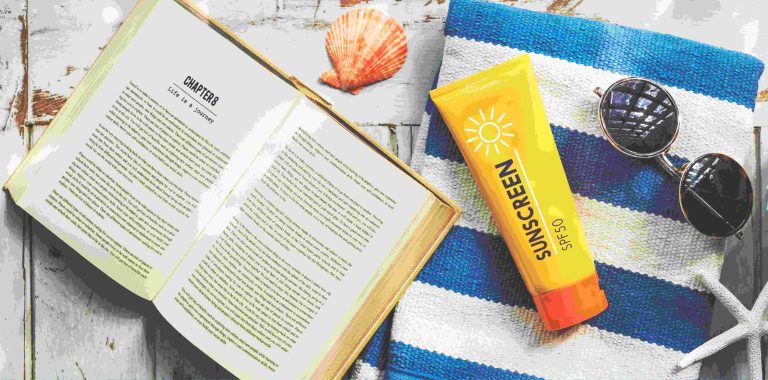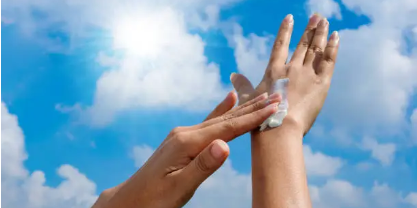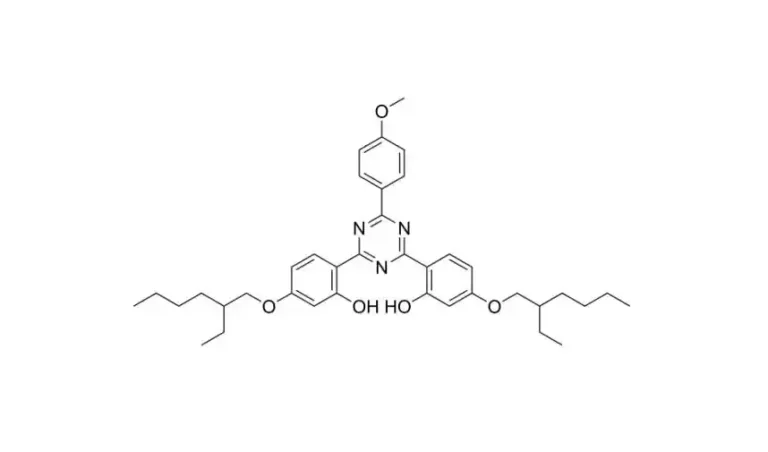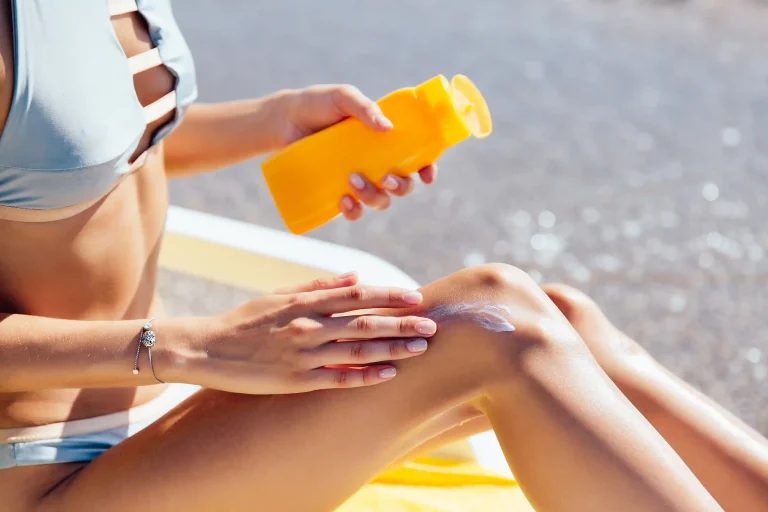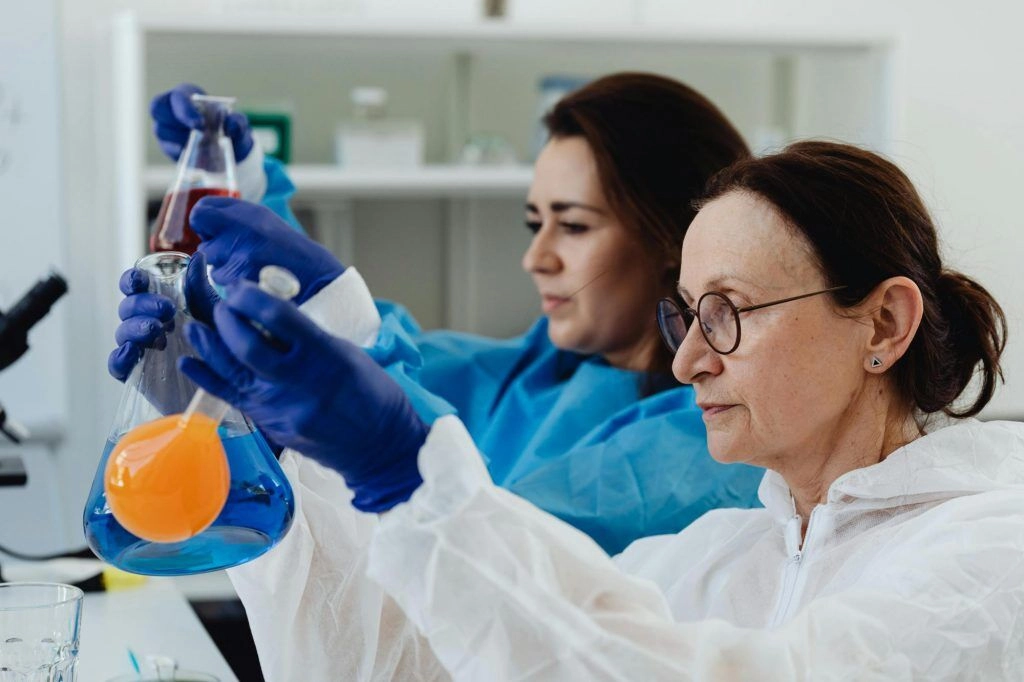
Por qué es importante la protección solar?
Más rayos UV y problemas de piel
La protección solar es un gran problema ahora. ¿Por qué? Los rayos UV son cada vez más fuertes. La capa de ozono es más delgada. La gente también pasa más tiempo fuera. Jugan deportes, caminan o trabajan al sol. Esto aumenta los riesgos para la piel. Los rayos UV causan quemaduras solares, arrugas, manchas oscuras e incluso cáncer de piel. Ahora más gente conoce estos peligros. Por lo tanto, quieren protectores solares seguros y fuertes. La demanda de buenos productos está creciendo rápidamente.
¿Son los protectores solares minerales realmente seguros?

Por qué los protectores solares minerales son buenos?
Los protectores solares minerales son populares. Utilizan óxido de zinc y dióxido de titanio. Estos se sientan en tu piel. Bloquean los rayos UV. No se absorben en su cuerpo como protectores solares químicos. Esto los hace suaves en la piel. Causan menos picazón o erupciones. Además, se mantienen fuertes en la luz solar. No se rompen. BFP hace estos ingredientes. Funcionan bien para todo tipo de productos para la piel.
Dióxido de titanio vs. óxido de zinc
Tanto el óxido de zinc como dióxido de titanio detener los rayos UV. Pero son un poco diferentes. El óxido de zinc bloquea tanto los rayos UVA como UVB. Es muy suave en la piel sensible. El dióxido de titanio detiene principalmente los rayos UVB y algunos rayos UVA. Se siente más ligero en la piel. A la gente le gusta su textura suave. BFP Ofrece versiones especiales de ambos. Se ajustan a lociones diarias o protectores solares resistentes al aire libre. Usted puede elegir lo que funciona mejor.
Cómo funcionan los protectores solares minerales?
Bloquear los rayos de la manera sencilla
Los protectores solares minerales son diferentes de los químicos. Los filtros químicos absorben los rayos UV. Convierten los rayos en calor. El calor sale de tu piel. Los filtros minerales, como el óxido de zinc, actúan como un escudo. Rebotan los rayos UV. Esto comienza a funcionar correctamente cuando lo pones. No es necesario esperar. Además, no penetran profundamente en su piel. Esto los hace seguros para bebés, mujeres embarazadas y personas con problemas de piel.
Problemas con los protectores solares minerales
Blanco Cast y Feel
Algunos protectores solares minerales dejan una marca blanca. Esto sucede porque el óxido de zinc y el dióxido de titanio son gruesos. Se ve mal en la piel más oscura. BFP soluciona esto con tecnología inteligente. Hacen que las partículas sean más pequeñas pero seguras. Esto corta el casting blanco. Mantiene el protector solar fuerte.
Funciona para todos los tipos de piel
Los protectores solares minerales suelen estar bien para la mayoría de la piel. Algunos se sienten pesados. Esto puede molestar la piel grasa o propensa al acné. BFP hace fórmulas no nano. Estos se propagan sin problemas. No obstruyen los poros. No causan pimples. Todos pueden usarlos cómodamente.
Mejor para el Medio Ambiente
Los protectores solares minerales son amables con la naturaleza. No tienen productos químicos malos como la oxibenzona. Esos dañan los arrecifes de coral. El óxido de zinc y el dióxido de titanio de BFP son seguros para los arrecifes. Siguen las reglas verdes globales. Funcionan muy bien para el cuidado de la piel y otros usos, como recubrimientos.
Protectores solares minerales vs. químicos
Cómo protegen
Los protectores solares químicos absorben los rayos UV. Cambian los rayos en calor. El calor escapa de tu piel. Los protectores solares minerales reflejan los rayos. No cambian los rayos. Esto hace que los minerales sean más seguros. No interfieren con los sistemas de tu cuerpo.
Irritación de la piel
Los protectores solares químicos pueden entrar en su sangre. Algunos estudios dicen que pueden afectar a las hormonas. También pueden irritar la piel. Las personas con piel sensible tienen erupciones. Los ingredientes minerales, como el óxido de zinc, permanecen en la parte superior. Son suaves y seguros. No causan alergias.
Energía y agua duraderas
Los protectores solares minerales permanecen fuertes a la luz solar. Pero pueden lavarse cuando sudas o nadas. Los químicos a veces se pegan mejor en el agua. BFP mezcla filtros minerales con ingredientes especiales. Estos ayudan al protector solar a permanecer en la piel húmeda o grasa.
Qué buscar en protector solar seguro?
Etiquetas importantes
Elija un protector solar que diga “Amplio espectro”. Esto significa que bloquea los rayos UVA y UVB. Compruebe el número de SPF. SPF 30 o superior es bueno para uso diario. Para los deportes o la natación, elija los resistentes al agua. Estos detalles lo mantienen a salvo.
Por qué no importa el nano
Las partículas no nanométricas son más grandes que 100 nm. No entran en las células de la piel. Se mantienen en la parte superior y bloquean los rayos UV. El óxido de zinc no nano de BFP es seguro. Se extiende bien. No se ve demasiado blanco.
Pruebas y certificaciones
Los buenos protectores solares tienen certificaciones. Busca COSMOS Organic o ECOCERT. Estos muestran que el producto es seguro y natural. Los dermatólogos prueban los ingredientes del BFP. Es seguro para la piel sensible. Cumple con normas rigurosas, como REACH, para la calidad.
¿Pueden los protectores solares minerales ser buenos de usar?
Nuevas tecnologías ayudan
Antiguos protectores solares minerales se sentían cremosos. No se difundieron bien. La ciencia los hace mejores. El BFP utiliza recubrimientos, como la sílice, sobre partículas. Esto los hace suaves. Se sienten bien y te protegen.
Mezclando con cosas naturales
BFP mezcla minerales con aceites o extractos vegetales. Estos mantienen la piel suave. También luchan contra el envejecimiento con antioxidantes. Estas mezclas se ajustan a las marcas de cuidado de la piel natural. Son perfectos para productos de belleza limpios.
Se ve bien y se mantiene seguro
Los polvos blanqueadores de BFP hacen dos trabajos. Hacen que la piel parezca más brillante. También ayuda a bloquear los rayos UV. Estos funcionan muy bien en cremas BB o lociones teñidas. Tienes protección solar y un buen aspecto.
Cómo BFP ayuda con la protección solar segura
Lo que hace BFP?
BFP es un fabricante principal de ingredientes protectores solares. Se centran en materiales antienvejecimiento. Sus polvos de óxido de zinc vienen en tipos nano y no nano. Su dióxido de titanio se extiende uniformemente. Estos funcionan para el cuidado de la piel y otras industrias, como recubrimientos.
Por qué destaca el BFP?
BFP permite a los clientes personalizar productos. Puede elegir tamaño de partícula o recubrimientos. Las opciones incluyen bases de aceite o agua. Todos siguen estrictas reglas verdes. Esto ayuda a las marcas a crear protectores solares únicos y seguros.
Otros productos de BFP
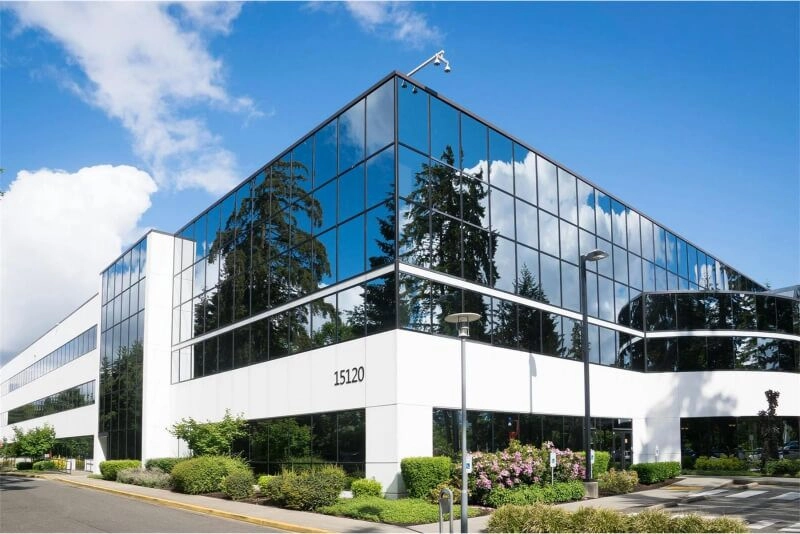
Filtros UV para protección total
Los filtros UV inorgánicos de BFP bloquean los rayos UVA y UVB. Utilizan técnicas especiales para extenderse incluso. Esto hace que los protectores solares funcionen mejor en lociones o sprays.
Absorbentes UV orgánicos
BFP también ofrece filtros orgánicos, como Bemotrizinol. Se mantiene fuerte en la luz solar. Protege durante mucho tiempo. Es ideal para protectores solares ligeros y cómodos. Funciona bien con otros ingredientes.
Polvos blanqueadores
Los polvos blanqueadores de BFP iluminan la piel. También agregan protección UV adicional. Estos son perfectos para hidratantes teñidos o cremas BB. Fijan el tono de la piel y protegen contra el sol.
Bemotrizinol: una nueva opción
Bemotrizinol es un filtro de siguiente nivel. Es muy estable. No irrita la piel. Ideal para productos de piel sensible. Lo mantiene seguro durante largos períodos al aire libre.
Preguntas frecuentes
P: ¿Por qué el protector solar mineral es más seguro que el protector solar químico?
R: Los protectores solares minerales, como el óxido de zinc, permanecen en la superficie de la piel. No se absorben, lo que reduce el riesgo de problemas hormonales o erupciones.
P: ¿Por qué elegir partículas no nano?
R: Las partículas no nanométricas son demasiado grandes para entrar en las células de la piel. Se quedan en la cima. Protegen bien y son más seguros.
P: ¿Funcionan los protectores solares minerales en la piel más oscura?
R: Sí. Nuestra tecnología reduce la colada blanca. Las partículas recubiertas se mezclan mejor. Se ven bien en todos los tonos de piel.
P: ¿Los productos BFP están bien para la piel sensible?
R: Sí. Probamos todos los ingredientes. Son seguros para la piel sensible, incluso para los bebés.
P: ¿Puede BFP personalizar los productos?
R: Sí. Fabricamos ingredientes para cremas, sprays o bastones. Se adaptan a las necesidades cosméticas e industriales.

